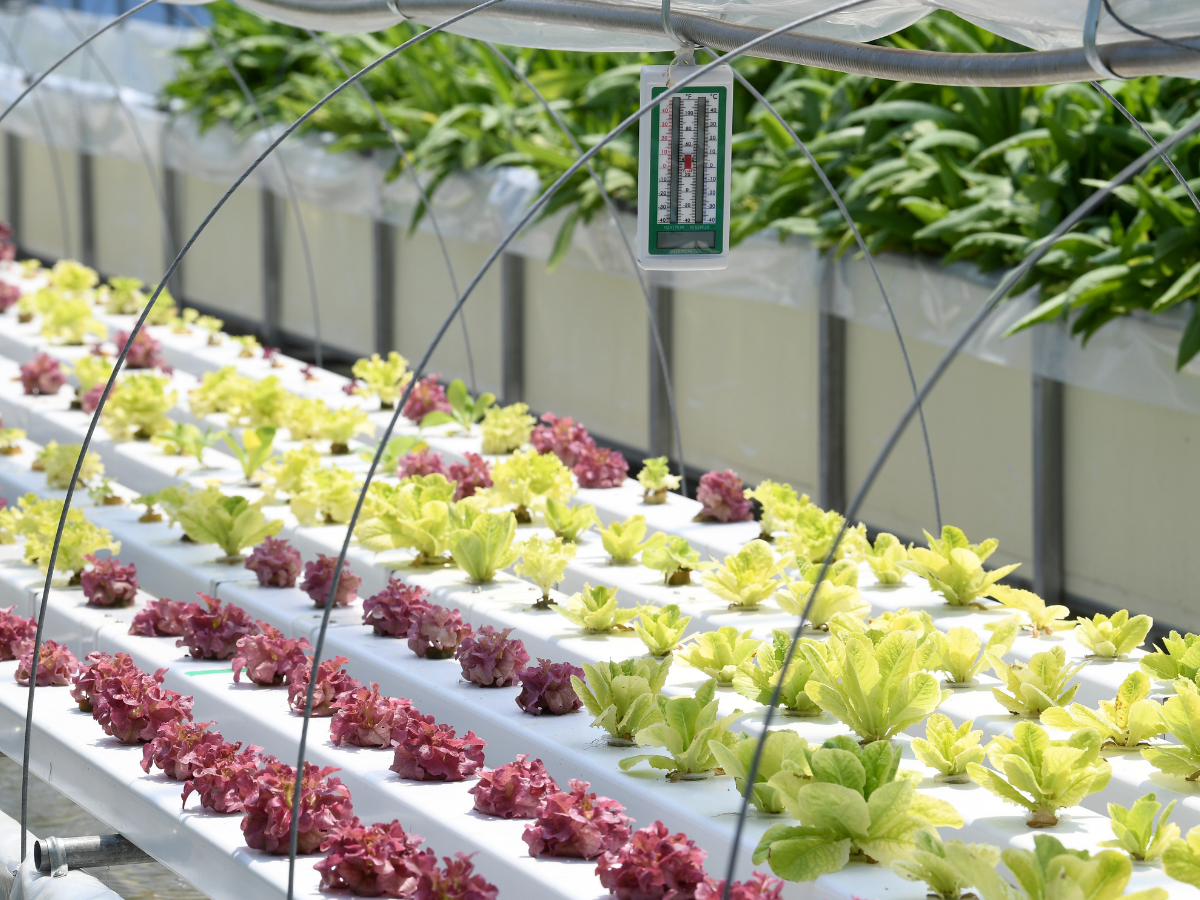Beyond Plows and Hoes: A Look into the Future of Smart Farming

Farming, once reliant on traditional methods such as plows and hoes, is undergoing a revolutionary transformation thanks to the integration of cutting-edge technologies. Smart farming, also known as precision agriculture, is reshaping the agricultural landscape by leveraging advancements in automation, data analytics, and connectivity. This blog will delve into the exciting world of smart farming, exploring the technologies driving its evolution and the promising future it holds for sustainable and efficient agriculture.
The Rise of Smart Farming
Traditionally, agriculture has been a labor-intensive and resource-heavy industry. However, the advent of smart farming has paved the way for a more streamlined and intelligent approach to cultivation. One of the key pillars of this transformation is the Internet of Things (IoT), where devices and sensors are interconnected to collect and analyze real-time data. This connectivity allows farmers to make informed decisions based on accurate and up-to-date information.
Automation in Agriculture
Smart farming incorporates a range of automated technologies that reduce the reliance on manual labor and increase operational efficiency. Automated machinery, such as self-driving tractors and drones, are equipped with sensors and cameras that gather data on soil health, crop conditions, and pest infestations. This information enables farmers to optimize their farming practices, allocate resources more effectively, and minimize waste.
Precision Agriculture Techniques
Precision agriculture is a cornerstone of smart farming, focusing on optimizing the use of resources like water, fertilizers, and pesticides. GPS-guided equipment allows farmers to precisely control the application of these resources, ensuring that they are used only where and when needed. This not only enhances crop yield but also reduces environmental impact, making agriculture more sustainable in the long run.
Data Analytics and Artificial Intelligence
The massive amounts of data generated by smart farming practices are harnessed through advanced analytics and artificial intelligence (AI). AI algorithms analyze data patterns to provide insights into crop health, predict potential issues, and recommend optimal farming strategies. This data-driven approach empowers farmers to make strategic decisions, improving productivity and sustainability.
The Role of Remote Sensing
Remote sensing technologies, including satellite imagery and drones, play a crucial role in monitoring large agricultural areas. These tools provide high-resolution images that help assess crop health, detect diseases, and identify areas with irrigation needs. By utilizing remote sensing, farmers can address issues promptly and prevent potential crop losses, contributing to more reliable harvests.
Challenges and Opportunities
While the future of smart farming holds immense promise, there are challenges that need addressing. Issues such as high initial costs, limited access to technology in certain regions, and data privacy concerns must be tackled for smart farming to become more widespread. Governments, private enterprises, and research institutions need to collaborate to overcome these challenges and unlock the full potential of smart farming.
Beyond plows and hoes, the future of farming lies in the hands of smart technologies. As the world’s population continues to grow, the demand for sustainable and efficient agricultural practices becomes paramount. Smart farming not only addresses this need but also promises to revolutionize the way we produce food. By embracing the potential of automation, precision agriculture, data analytics, and AI, farmers can embark on a journey towards a more resilient, productive, and sustainable agricultural future. The era of smart farming is here, and it holds the key to feeding the world in a smarter and more responsible way.






